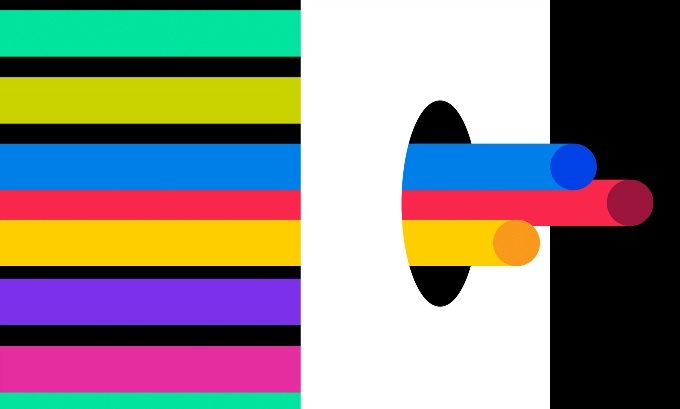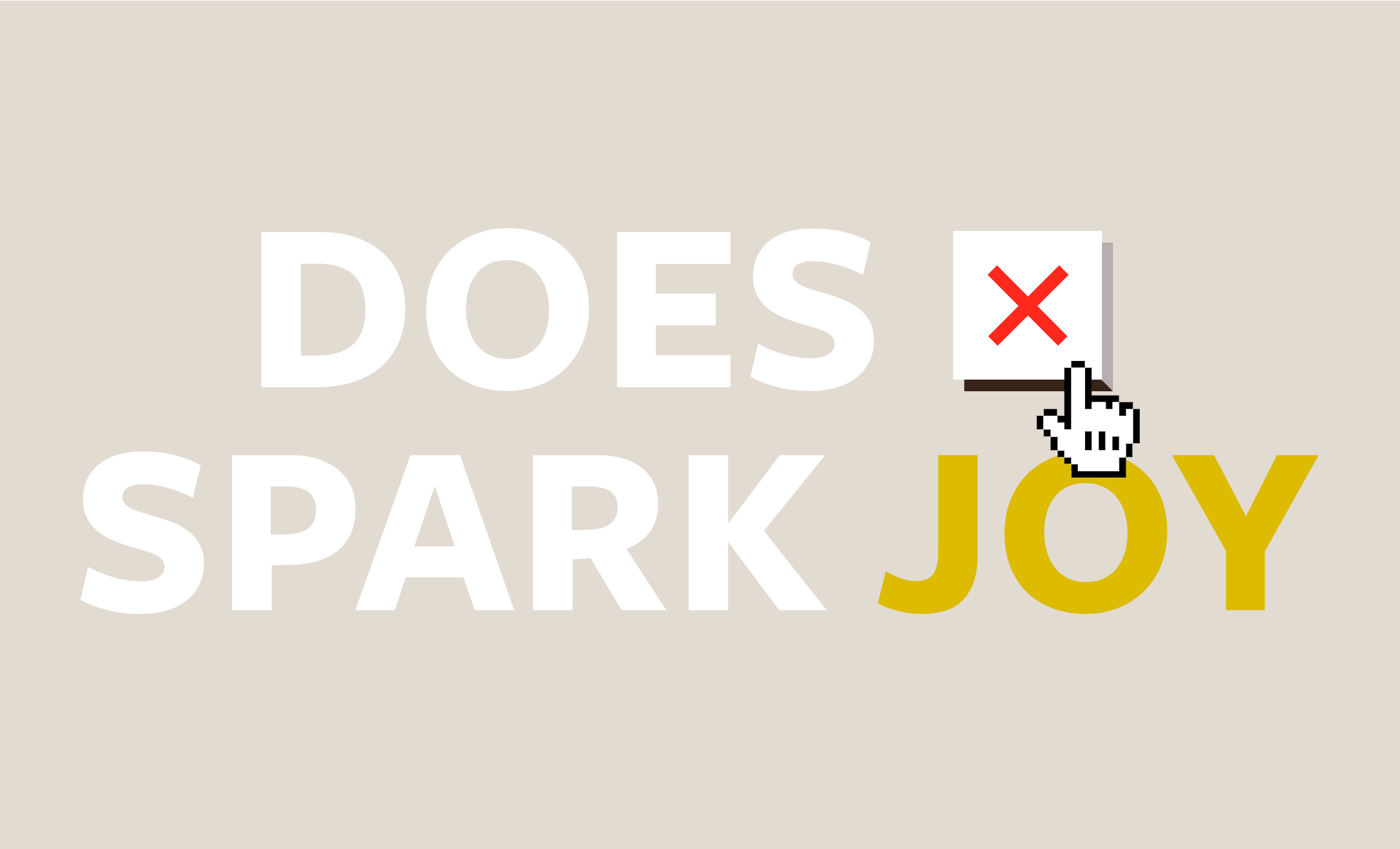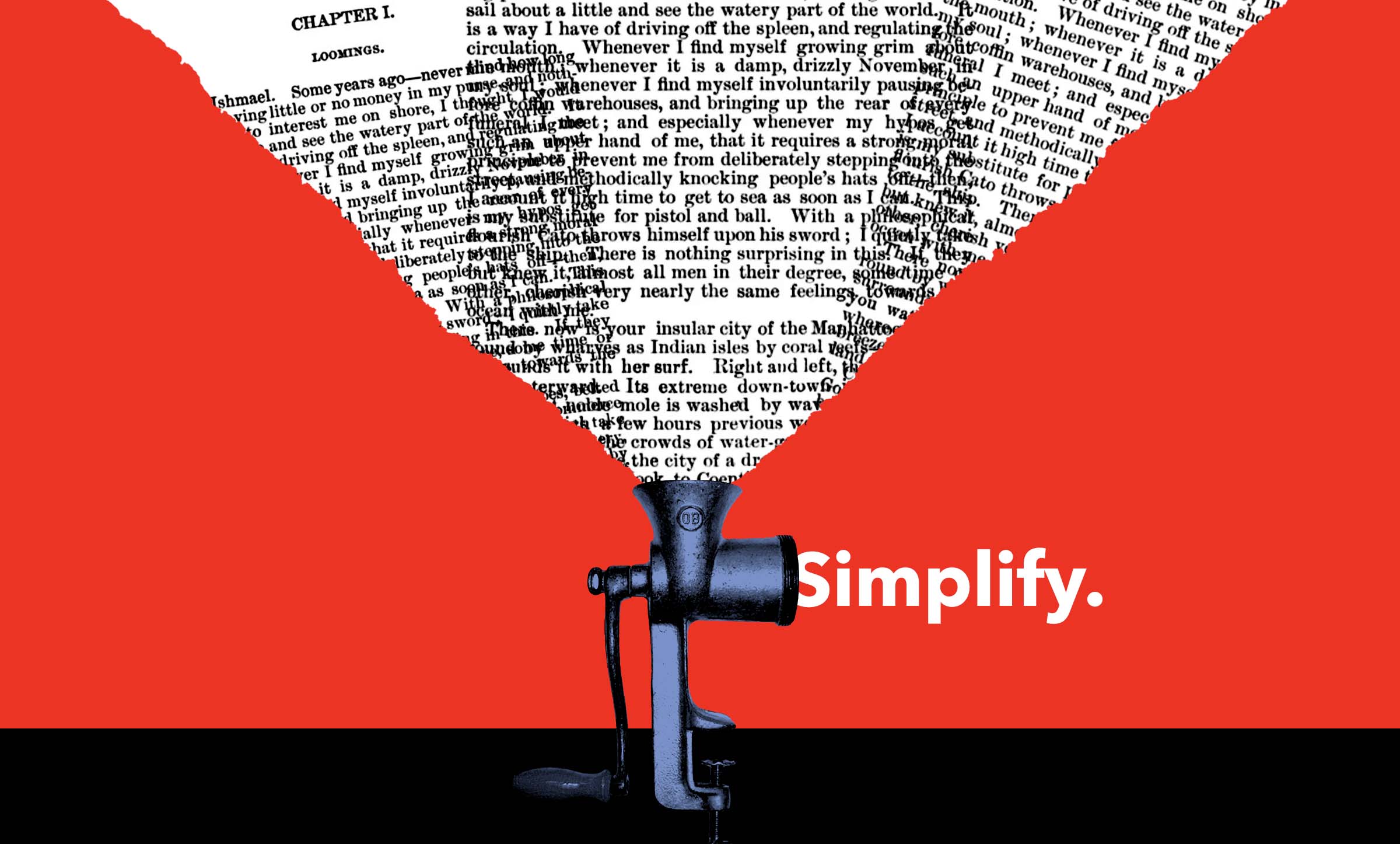The Undeniable Virtue of Doing Less
3 min read
Most digital products do too much.
In the early stages of digital product planning, organizations rarely push back on calls to limit scope. It seems everyone is on board the uncomplicated bandwagon, at least initially. A typical mantra goes like this: “Here at ACME, we believe in being simple. We believe in quality over quantity.”
Well.
This corporate jibber jabber might be easier to believe with actual evidence. Most sites, apps, and software are pretty dang complicated, offering a dizzying array of functionality, including the proverbial kitchen sink.
Poor simplicity. It so rarely survives the feature definition process. And resulting complexity almost always leads to bloated interfaces, poor usability, extended timelines, and eviscerated budgets.
In Praise of Less
If this rings true for your organization, you can fix the problem rather easily: Do less. That’s right, cut features. Slash away! Avoid the pitfalls of complexity by avoiding complexity itself.
This is hardly controversial advice. Does your product really need that super-nifty widget that serves perhaps 10% of your user base? Probably not. Your energy is far better spent investing in quality for the features that serve the 90%. Do you really need to match your competitor feature for feature? Doesn’t that put them in charge of your product’s development? And what about your latest rapid release? Will you really come back to that rushed MVP and perfect it?
A Simple Example
Think of a daily to-do list. If you had 10 to 15 tasks (big and small) on your list today, could you get everything done? Unlikely. Would the tasks you actually attempt be done well? Maybe, but then again maybe not. This much is certain, with too much to do, you will spend lots of time revisiting things undone, badly done, or incomplete. You might also tear your hair out repeating this process endlessly.
You would be much better off if your list contained only 2 or 3 things. With less to do, you would likely get everything done. Task volume would drop, yes, but quality would skyrocket. You would do everything exceedingly well and require far less follow-up. As a lovely bonus, you would stay quite sane.
Benefits for Your Digital Project
Challenging your team to define and deliver only what is truly necessary will give your project much-needed focus. You’ll give proper attention to truly important features. You will wrap your head around the effort more easily, making your Agile plan more realistic. Heck, you may find it easier to involve users in the process. Testing will be easier. You will be more likely to ship on time. And you will ship with higher quality.
Features might be released a bit more slowly. But the methodical pace won’t be significantly slower. Over time, you will release more high-quality features than you ever did when working under the cruel yoke of feature glut.
There are always exceptions. But digital product simplicity is a mindset, not dogma. Reduce complexity wherever and whenever you can, even if features themselves are mandated. Merely reducing words in your site, app, or software will do wonders in the name of simplicity.
Embrace Limits
Resisting extras, add-ons, or marginal features is rarely easy. Standing up to stakeholders and leadership never is. But your informed, strategic “no” is easily one of the most important things you can do to improve your chances of staying truly simple and achieving digital product success.





